Finding the best-fitting shoes is not as easy as you think it is. You need to make sure that it fits you perfectly from heel to toe. It should also feel comfortable at all times! But are these enough? Read on to find out what makes a good running shoe!
What Makes a Good Running Shoe?
For better understanding, it is important to learn the basic anatomy of running shoes as well as their purpose. The slightest differentiation in the shoes can mean great effects in your running experience.
- Upper
Upper refers to everything above the sole. This is traditionally made from layers of mesh and fabrics sewn or glued together. Some shoe models use printing and knitting to create a one-piece upper that can stretch and support your feet.
Pro Tip: Get an upper that smoothly takes the shape of your foot. This should not bind whenever it touches your foot.
- Ankle Collar
Ankle collar refers to the wrap located on top of the shoe opening. This holds the heel down in place. Some shoes use thick padding while other models rely mainly on the shape of your feet.
Pro Tip: Always give attention to your heel slips, padding interaction to the bones on your side ankles, and back curves that irritate your Achilles tendon.
- Heel Counter
Heel counter refers to the semi-rigid cup that is layered inside the rearfoot. This supports and cradles your heel. Some shoes have external heel wrap while others have eliminated the heel counter for more freedom and movements.
According to research, heel counters don’t really provide motion control. However, they place the heel on the center for better support and stable landing.
Pro Tip: Look for a heel that allows a comfortable motion of the ankle.
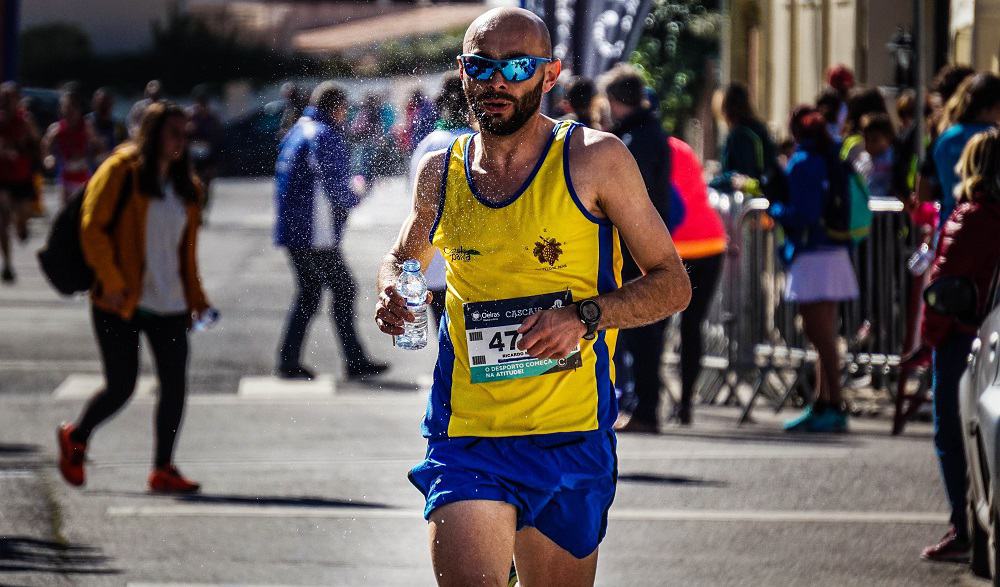
- Saddle
Saddle refers to the reinforced area around the instep, the arch of the foot between the ankle and the ball. This interacts with the shoelaces to hold the foot securely. Shoe designers and manufacturers develop a variety of eyelets, overlays, and lacing systems to help mold the saddle to any foot shape.
Pro Tip: Check how the saddle holds and fits on your foot. It should provide a secure feeling and allow natural arch doming without any slippage.
- Toe Box
Toe box refers to all of the upper, starting from the eyelets to the end of the shoe. This is often capped with a toe bumper to hold the fabric off your toes and protect them against stubbing.
Pro Tip: The toe box should stay out of the way to allow optimum flexibility and natural spreading of your foot without rubbing the toes.
- Outsole
Outsole refers to the area where the rubber meets the road. This is often made from a variety of foams and rubber compounds that are strategically placed to enhance flexibility and wear life.
Pro Tip: Look for materials that provide durability and traction without causing stiffness and adding weight. Go for running shoes that match your footprint shape to achieve the desired level of underfoot stability.

- Flex Grooves
Flex grooves or toe springs allow the shoes to bend the way your foot bends and roll the way your toes turn. The slight differences in the angle can cause great alteration to the mechanics and feel of the shoes.
Pro Tip: Be sure that the shoe flexes and rolls in the same way and pace that your foot wants to move.
- Midsole
Midsole refers to the material between the outsole and the upper. This is usually made of foam to cushion you against forces and guide your foot with the stride.
Pro Tip: Consider the correct midsole material and thickness at different running speeds. It should not have excess weight and should neither be too soft nor too firm.
- Heel Cushioning
Heel cushions provide additional cushioning to receive better comfort. Some shoes use softer crash pads on the outer edge of the foot for a smoother landing.
Pro Tip: There should always have balance among cushioning, stability, and ground feel.
- Forefoot Cushioning
Forefoot cushions help protect the structures of your foot. Its design and materials promise energy return to help propel your foot.
Pro Tip: Check the shoe’s responsiveness by looking into the balance between cushioning comfort and push-off platform.
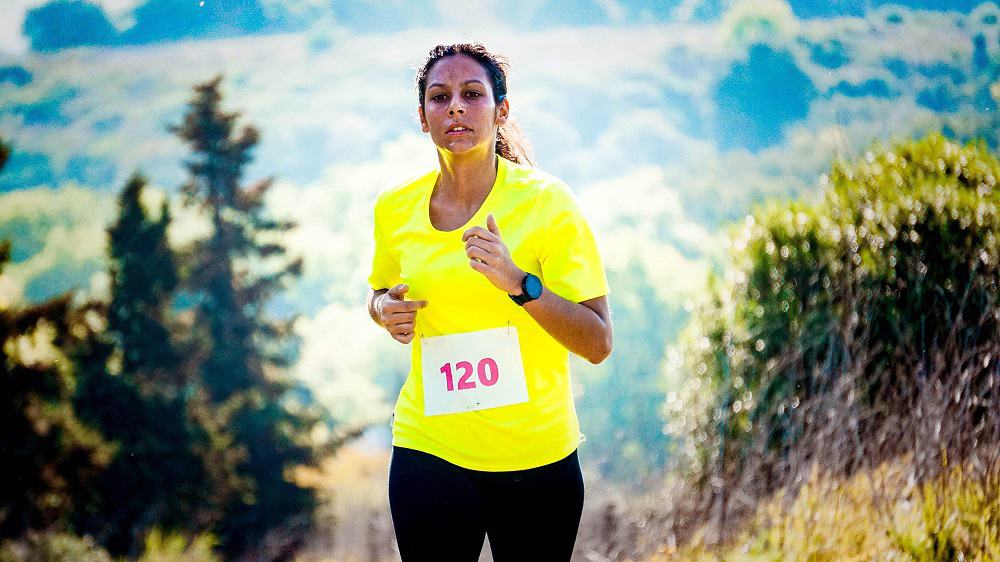
- Heel-Toe Drop
Heel-toe drop refers to the height difference between the heel and the ball when standing in a shoe. The changes in the drop distribute different levels of forces which in turn can alter your stride.
Pro Tip: Get a shoe that feels right throughout the stride. It should help reduce stress on the weak parts of your foot.
- Shoe Geometry
The geometry of the shoe is designed using innovative technologies to prevent excessive motion. It should enhance the control and stability to achieve and maintain the preferred motion.
Pro Tip: The Shoe should allow comfortable and natural movements throughout the entire stride.
- Sockliner
Sockliner refers to the removable pad inside the shoe. This cushions the contours of your foot and provides the arch-support for a more comfortable feel.
Pro Tip: Give attention to how the shoe feels during the stride. The softer shoe doesn’t always mean better since the foot works dynamically to provide it’s own cushioning and support.
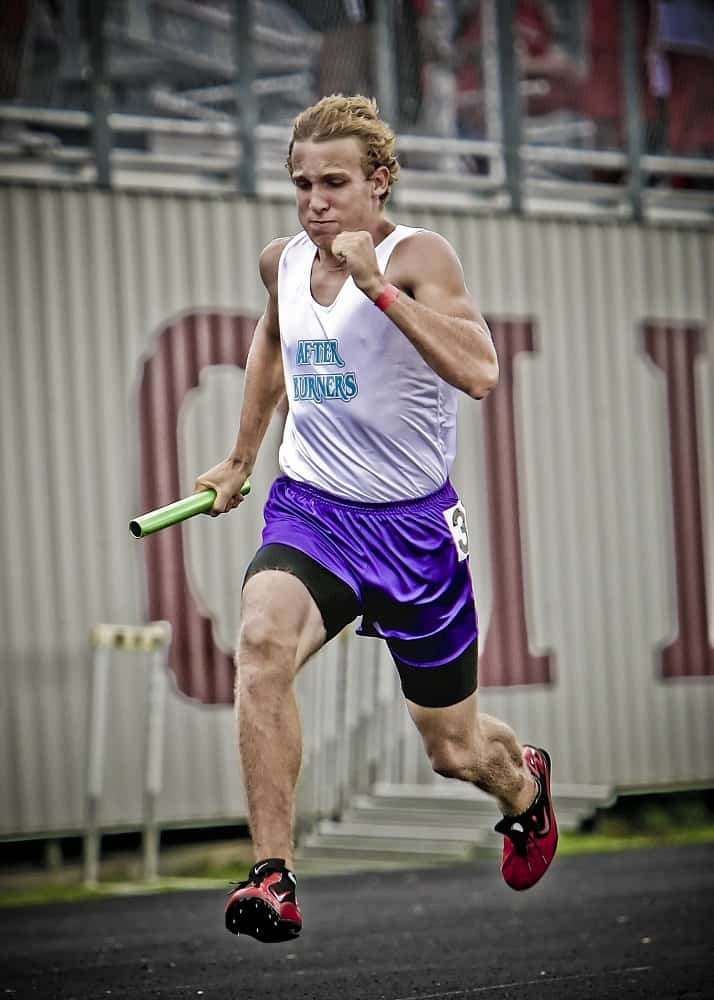
How to Avoid Shoe-Buying Mistakes?
- Never buy for looks
Before you consider fashion, think first of the comfort and fit of the shoes. Don’t just buy a pair because it looks cool or you’ll end up regretting your choice.
- Check the perfect size
Know your correct foot size. You may ask the store personnel to measure your foot. Never get the tight-fitting shoe as it will lead to blisters or sloppy shoes which can cause uneasiness. Try to play the piano with your toes as this implies ample space in the forefoot.
-
Shop at the perfect time of the day
It is highly recommended to shop for shoes in the evening. During this time, your feet already swell to the largest size that they can get.
Final Thoughts
When choosing the perfect running shoe, several considerations should be made. It is important that you have an idea on the shoe’s basic details as this will be your buddy over the next miles of your stride.
Never hurry in buying and know what makes a good running shoe. Do research to ensure that it perfectly fits you and your needs. Ask help from the experts such as store personnel as they are more knowledgeable on the different aspects of shoes. Think a lot of times before buying to ensure getting the best and the most comfortable pair of running shoes.

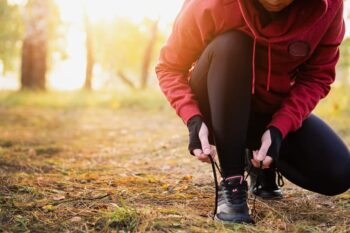
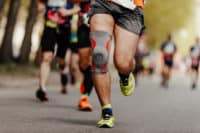
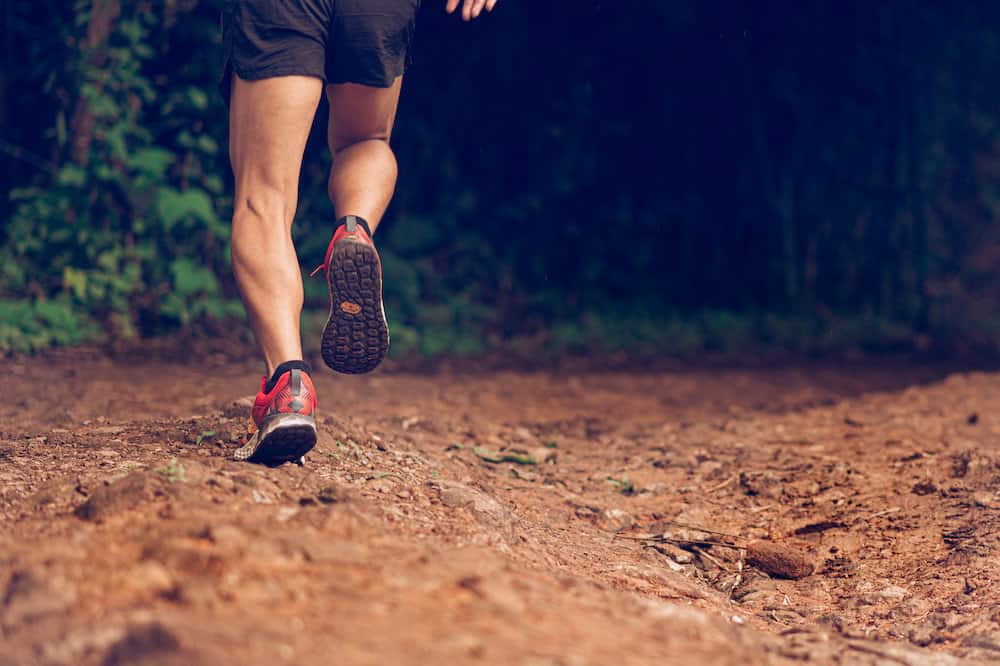
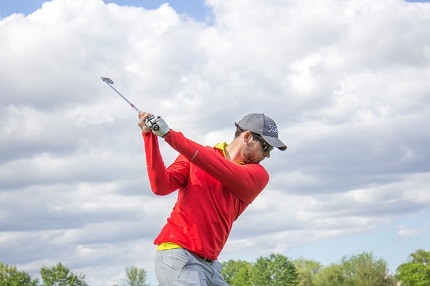
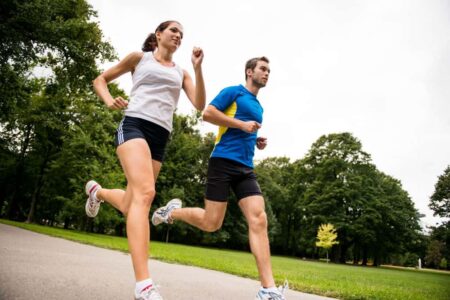
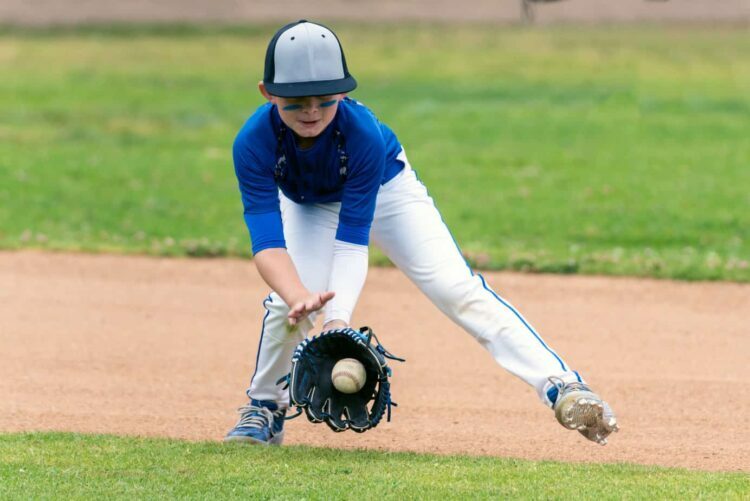
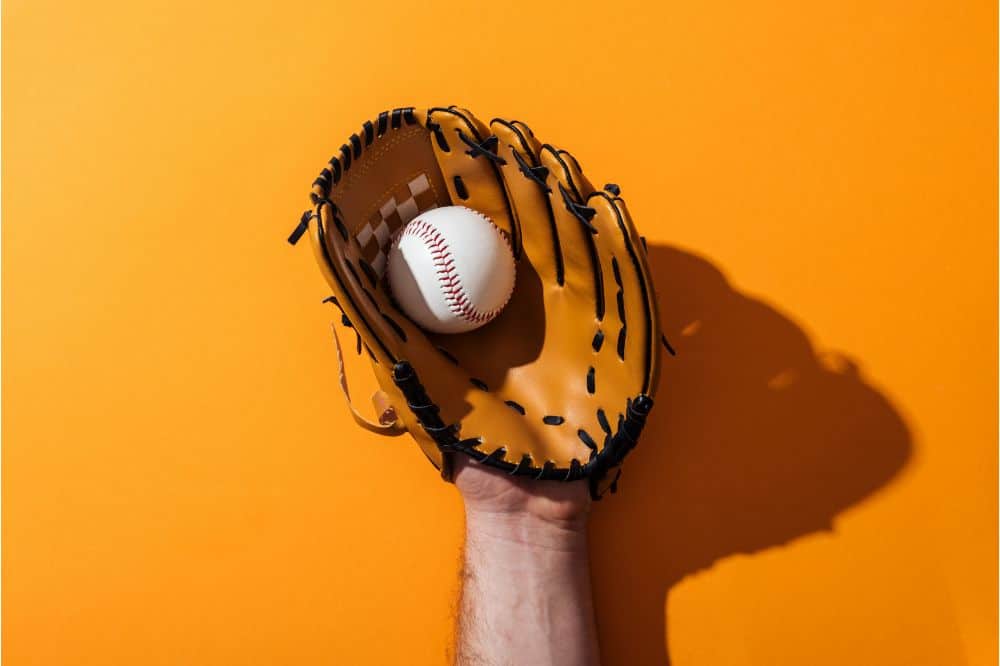






Hey
This a really good article.
Does this apply only to running shoes? Or can I use these tips to pick a sports shoe in general? Because for sport in general, I guess the need is the same.
You emphasized on getting the right shoe size, I personally always get one size up to fit better with socks, is it wrong? With the perfect size, I fear it will be too tight.
Thanks for sharing!
Hi, Adyns68 and thank you.
Thank you for your kind words.
You can use these tips on most sports but not all. For example, there is a difference in the shoes you use for soccers, etc. But generally, you can use it without doubts.
About the shoe size, it is very smart what you do. Because many people forget the difference in the socks and try running shoes with thin daily life socks.
One of the most important things is that the shoe isn’t too tight, so you have thought it well and fond out what fit for you about that. It will never be good when the shoes are too tight. It will lead to blisters or sloppy shoes which can cause uneasiness and, again, it is not good to run in shoes you aren’t feeling comfortable.
If I can help you with anything else, or if you have any questions, don´t hesitate to contact me.
Wow! Now, this is what I call informative. To be honest, I consider myself clueless about running shoes having read about the information on this post. All the highlighted features of what makes a good shoe are right just that I never considered them before until when I was reading through this post and picturing them with my running shoe. I partake in hurdles and marathons even though its not professional. I’m a fancy type who loves to imitate shoes seen on celeb runners. I don’t really pay close attention to sizes. Most times I do get injured as a result of my running shoes.
thanks for sharing this detailed eye opener. I have learnt alot
Hi, Darrickramos and thank you.
Thank you for your kind words.
If I can help you with anything else, or if you have any questions, don´t hesitate to contact me.
Thank you so much for the tips on how to buy the right running shoes. My friends say that each shoes have the certain miles to them like a car engine, is that true? If so how can you determine that the shoes are on the way out? What do you think is the reasonable price for a good trail running shoes? Thanks
Hi, Nuttanee and thank you.
Thank you for your kind words.
Yes, it is right but complicated, to be honest impossible, to say precisely how many miles. Many say around 300-500 miles and that it something which people can have behind the year.
But there are more things which come in the picture. Like where do you run, for example, street or in the mountains, how your body is, how well you take care of the shoes, etc.
Then your question of the price. There too is a big question where you want to run etc. But you can get a perfect shoe from 40 – 100 dollars.
If I can help you with anything else, or if you have any questions, don´t hesitate to contact me.